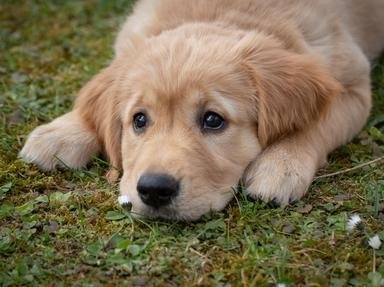Quiz Answer Key and Fun Facts
1. What group of dog does the Samoyed belong to, according to the American Kennel Club?
2. The Samoyed dog was originally bred by the Samoyedic peoples of Siberia for several purposes. Which of the following was NOT one of them?
3. The Samoyed is obviously bred for cold weather. What is it about the Samoyed that enables it to withstand low temperatures?
4. Which of the following best describes a Samoyed's disposition?
5. The Samoyed is considered a hypoallergenic dog.
6. Samoyeds have been given a nickname because they almost always have a certain facial expression that makes them appear happy. What is this nickname?
7. A Samoyed named Etah was the lead dog of a sled team used by Roald Amundsen on the first expedition to reach the South Pole.
8. Which of the following is part of the American Kennel Club's breed standard for the position of a Samoyed's tail?
9. Samoyeds need regular exercise. Which of the following is NOT usually a result of lack of exercise?
10. Based on DNA analysis, what do Samoyeds, Siberian Huskies, Alaskan Malamutes, and 11 other specific breeds have in common?
Source: Author
ArlingtonVA
This quiz was reviewed by FunTrivia editor
crisw before going online.
Any errors found in FunTrivia content are routinely corrected through our feedback system.


